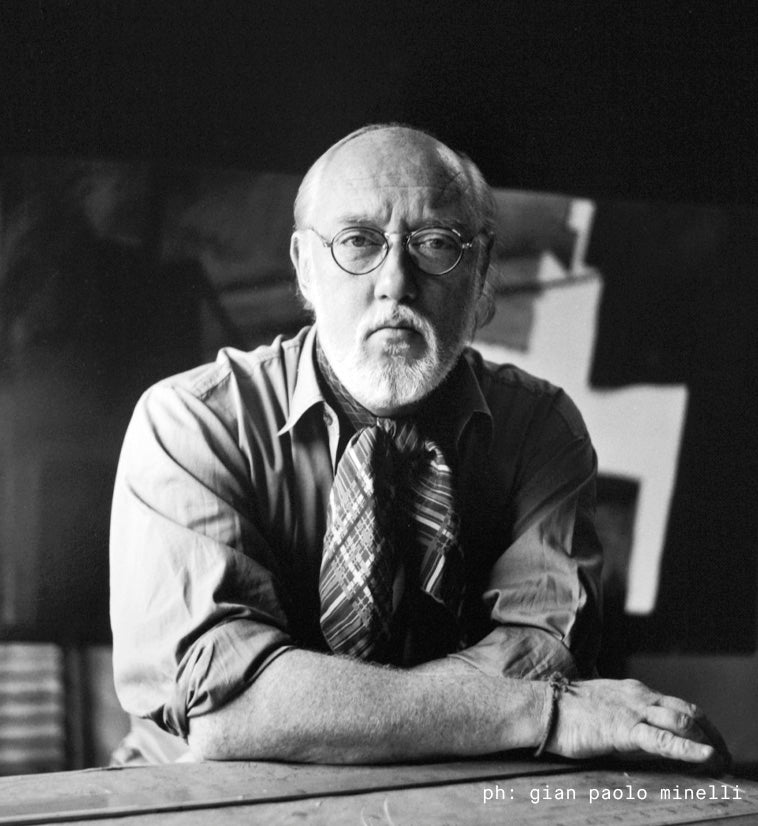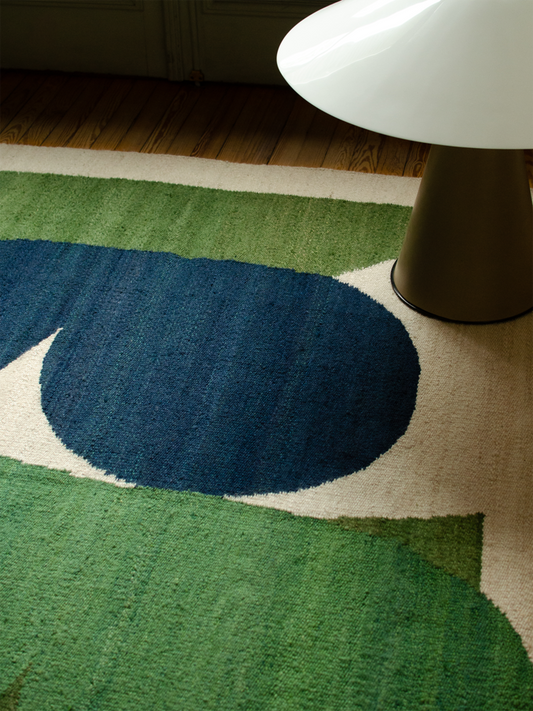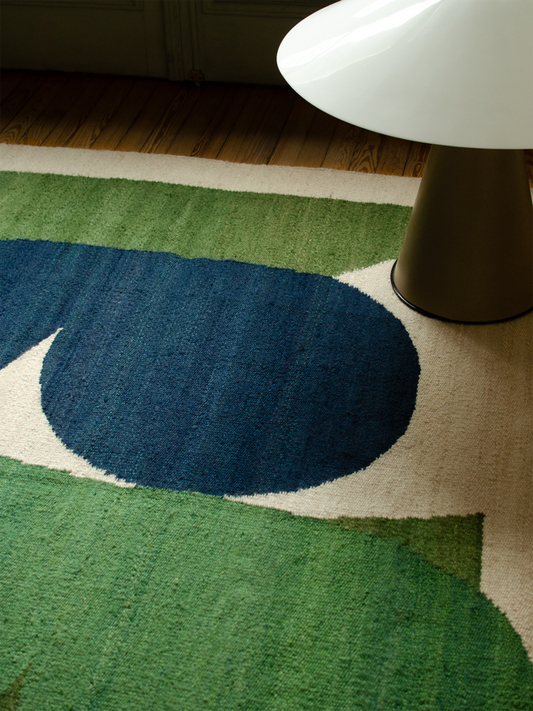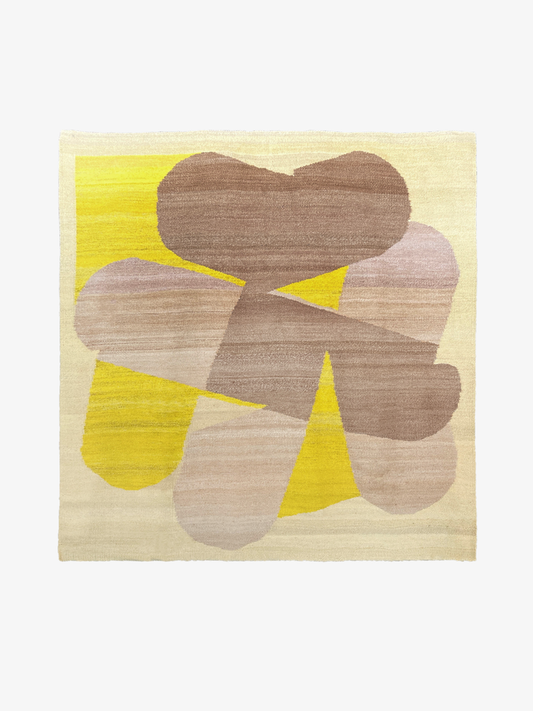wells-page
-

-
Luis Wells (Buenos Aires, 1939 - Córdoba 2023)
“A painting lives on in the collective gaze. As long as the relationship with the viewer lasts, it is never fully finished”.
Shortly after he concluded his studies at the National School of Fine Arts, Wells was invited to participate in the Informal movement´s first exhibit, where he showed a group of heavily textured paintings. Soon he began to explore the making of objects through the assemblage technique, using discarded materials, such as pieces of pressed wood, wrapping paper, wooden crates, cans, leftover cardboard tubes and shoe-shine ink. Around 1965, he produced his two most iconic series: his so-called “ceilings” -compositions made up of geometrical volumes, created to be installed as their title implies- and his “toys”, bright-colored objects with interchangeable pieces, which called for a playful interaction with the audience.
In 1966 he moved to London, where he learned to sculpt polyester resin at the Royal College of Art. He then settled in New York for nine years, where he worked in interior decoration, and architectural and industrial design projects, and designed light fixtures, furniture, and a series of “multiple” sculptures. He worked as an industrial designer for Shop2 and founded, alongside fellow artists Luis Camnitzer and Rubens Gerchman, an artists' object design studio. After his return to Buenos Aires in 1975, he joined the Abstracción sensible [Sensitive abstraction] group. In that period, his work centered on free, almost organic abstract shapes. Simultaneously, he collaborated with the architectural group Estudio Giesso by designing building facades and interiors. In the 90s, he created both paintings and sculptures populated by brightly colored comic-like characters.
-
Wells Luis, Green Tones
Regular price $2,550.00 USDRegular priceUnit price per$3,000.00 USDSale price $2,550.00 USDSale -
Wells Luis, Green Tones
Regular price From $2,000.00 USDRegular priceUnit price per -
Wells Luis, Yellow Tones
Regular price From $2,000.00 USDRegular priceUnit price per




